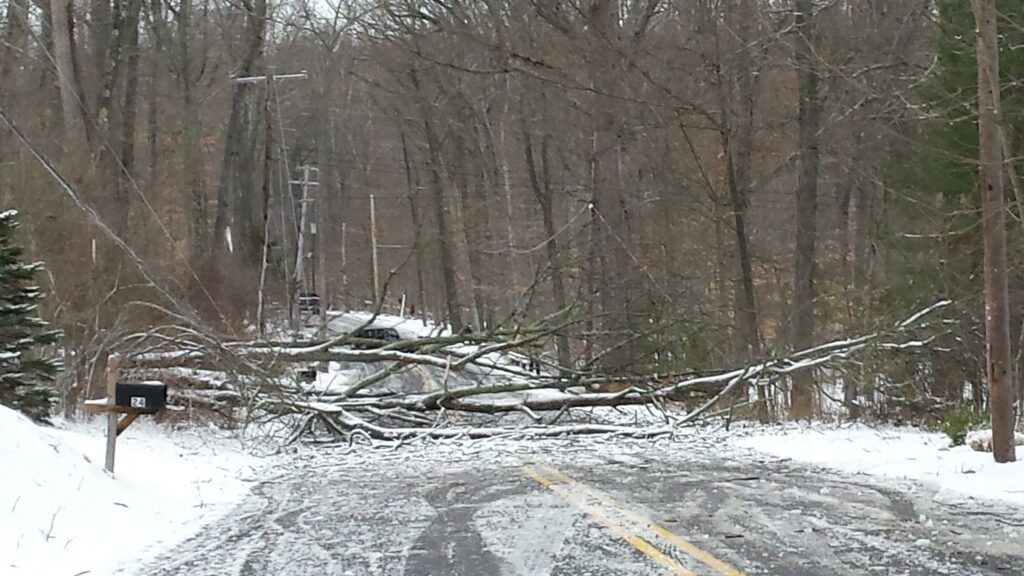EMERGENCY PREPAREDNESS
Case Study: Temporary Debris Management Areas
Statewide
OPPORTUNITY/CHALLENGES
Since 1999 New Jersey has had seven precipitation events classified as 100-year storm events. Recent natural disasters such as Hurricane Irene in 2011, the June 2012 Derecho and Hurricane Sandy also in 2012, a severe winter storm in 2018 and Hurricane Ida in 2021 have challenged New Jersey municipalities and counties to safely and timely collect, stage, and transport offsite the large amount of vegetative and waste debris generated by these events. These recent disasters point out the need for local and county agencies to review regularly and revise, if necessary, their emergency debris management plans.
Every municipal and county debris management plan should, therefore, focus first on clearing the debris that hinders immediate lifesaving and emergency response actions and that poses an immediate threat to health and safety.
PARTNERS
DEP, FEMA, Governor’s office, Counties, Municipalities.
ACTION
Municipalities and counties should identify in advance of an emergency appropriate debris management areas that can be used to stage and/or process excess materials. This will allow post-emergency/recovery clean-up efforts to begin early and proceed in an efficient manner. For towns with no appropriate areas for managing debris or towns with small populations, it is essential to identify appropriate regional debris management areas that can be used and agreed upon by all parties before an emergent situation arises. The temporary storage of debris (waste and vegetative) may not be conducted without approval from the Department’s Solid and Hazardous Waste Management Program. Therefore, the DEP recommends seeking an approval for a debris management area in advance of a storm event. Use of a debris management area can only occur when both an Executive Order has been signed by the Governor declaring a state of emergency in the county in which the debris management area is located, and an Administrative Order has been signed by the Department’s Commissioner allowing the relaxation of certain Solid Waste Management Rules. Without these documents, use of a debris management area constitutes an illegal solid waste disposal facility under the Solid Waste Management Rules and subjects the county or municipality to appropriate enforcement action.
FUNDING/RESOURCES
Emergency funding from FEMA or DEP after a natural disaster has been declared is usually available.
RESULTS & BENEFITS
Having a plan for Temporary Debris storage in place beforehand helps overcome the challenges of what to do with large amounts of vegetative debris after a natural disaster. Municipalities and counties can safely and timely collect, stage, and transport offsite the large amount of vegetative and waste debris generated by these events

Get started on similar project:
Helpful Information: